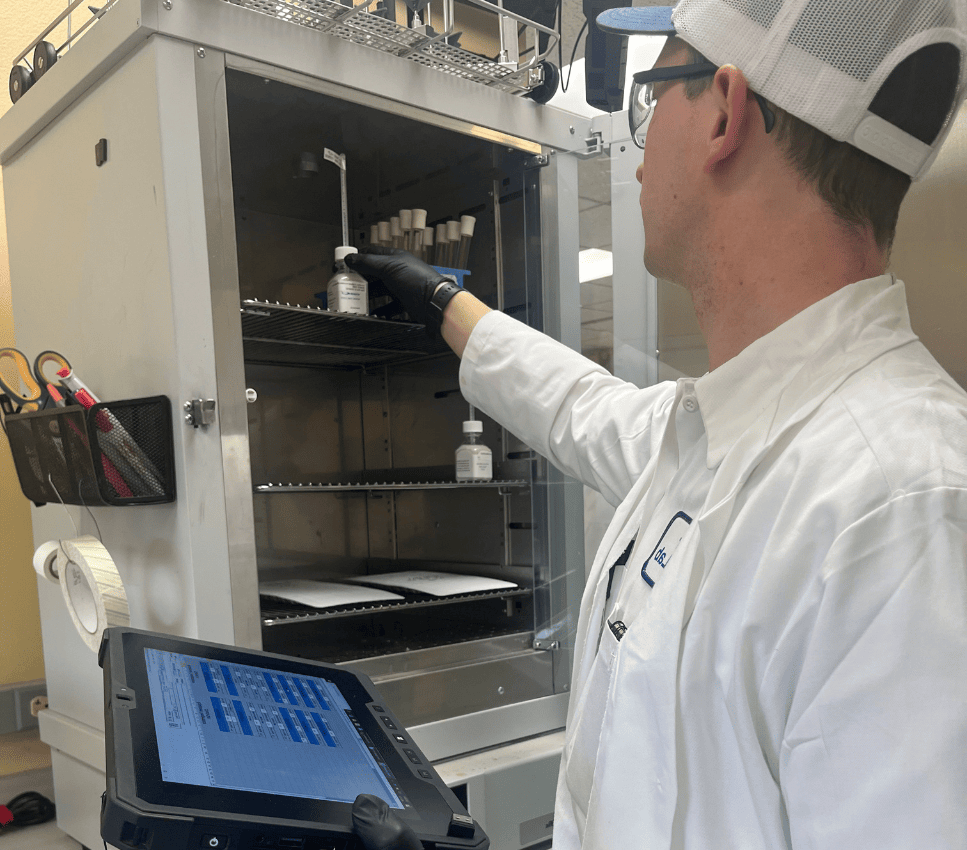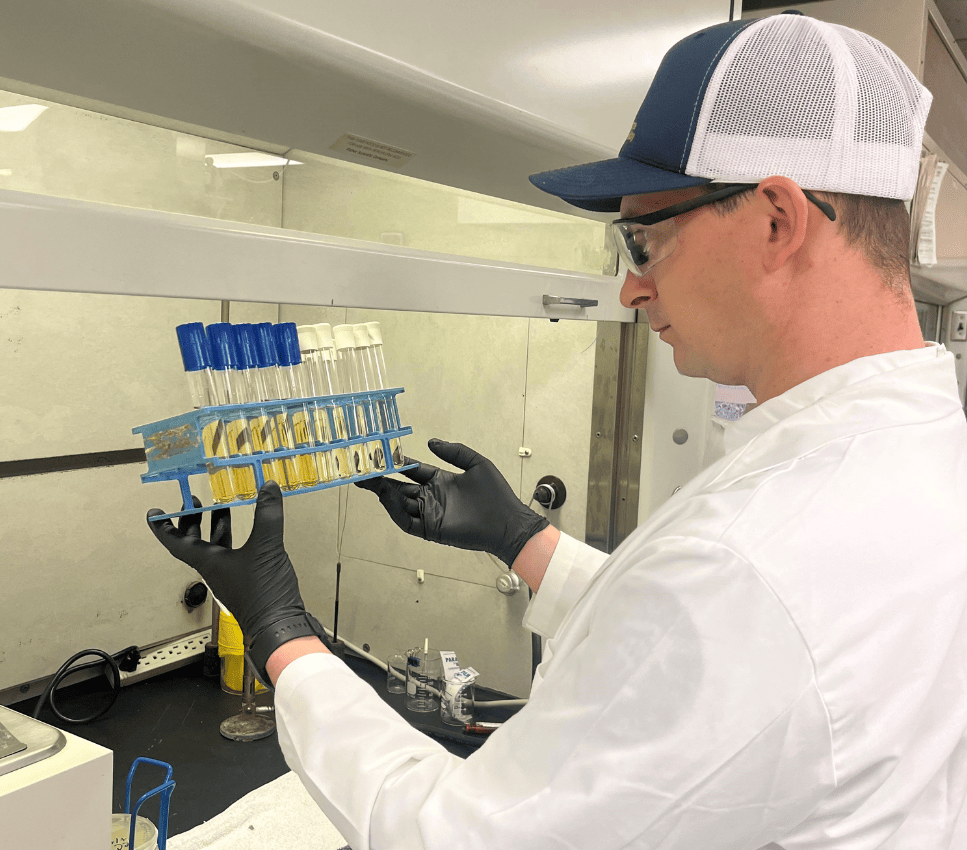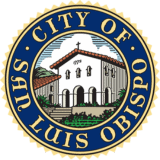
The city has a conventional surface water treatment process with an ozone contact basin and mixing tanks where aluminum sulfate and cationic polymer are added to remove small particles. The water is then filtered through anthracite and silicate sand until the water is clear and is then treated with chlorine and fluoride, and a corrosion inhibitor is added. To ensure this process runs smoothly and that residents receive the highest quality of drinking water, the city has its own water quality testing lab.
The city’s lab also provides process control and regulatory analyses of wastewater treatment at the Water Resource Recovery Facility (WRRF) which treats over 3.0 million gallons of wastewater a day. The WRRF has very stringent discharge requirements and produces effluent that meets Title 22 recycled water requirements and supports sensitive species, such as steelhead trout, in San Luis Obispo Creek. Under the City’s Water Reuse Program, some of this effluent is used to irrigate parks, median strips and other landscaping.

The lab adheres to a very strict sampling schedule and conducts over a dozen unique tests every day. Before implementing WIMS (Water Information Management System), in partnership with Hach and Aquatic Informatics, the lab used around 31 paper bench sheets to enter, gather and analyze data. As the WRRF’s operations team was using WIMS, the lab results from the physical sheets would then need to be entered into WIMS, making it a two-step process.
Tanner Duncan, Water Quality Analyst for the City of San Luis Obispo was instrumental in moving the lab away from physical logbooks and bench sheets by creating custom digital bench sheets in WIMS. The lab has configured a handful of laptops to make it easy to enter data throughout the different sampling and analysis stations.
WATCH VIDEO
Instant Access to Data Reduces Response Times For Process Control
Duncan has used the custom-designed dashboard to add a box for lab analysts to initial when entering data, as sometimes one person will log in to a computer, and then another technician may come and enter a different measurement at the same computer. “Traceability and trackability are very important in our lab analysis as we adhere to the laboratory accreditation standard, based on the ISO/IEC 17025 from TNI (the NELAC Institute). Any edits to sheets are automatically time- stamped,” said Duncan.
“Having the ability to add custom features like this based on work habits at any point in time is helpful. There will always be new things we need to add, change, or maybe we will find a better way to do something. WIMS gives us this flexibility. Duncan has laid out the digital data sheets in a format that mimics the old hard copy bench sheets, making it user-friendly for technicians to move from paper to digital. The digital bench sheets also automate calculations, reducing the amount of time it takes to create reports.
Before WIMS, we would submit our data to operations by 3 pm; now they get the results by 9 am. That’s how big of a time-savings the software has given us. This is a significant improvement in reducing reaction times.

The software also allows for parameter limits to be set for any variable, so if a test result is out of a defined limit range, it will immediately turn the cell a different color, indicating an action needs to be taken. If it falls outside a regulatory permit level, then it triggers a more critical warning, which results in different protocols for corrective action.
On an average day, the lab does 10 – 15 tests for operations that include pH and chlorine levels, temperature, ammonia, nitrates, nitrites, total suspended solids (TSS), chemical oxygen demand (COD) and biological oxygen demand (BOD). Lab analysts take samples throughout the city to test for THMs (Trihalomethanes), Total Coliforms, E. coli, chlorine and fluoride. They also receive plant final effluent samples and recycled water samples, which are analyzed for total and fecal coliforms.
As the data is entered directly into WIMS, WRRFWater Treatment Plant and other divisions within the Utilities Department have instant access to the information. If there is an issue, they will be notified immediately, enabling timely process adjustment when needed.
We are working towards making WIMS our one water platform for the city, this includes water treatment, wastewater and water resources.

